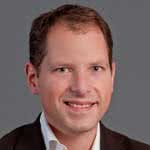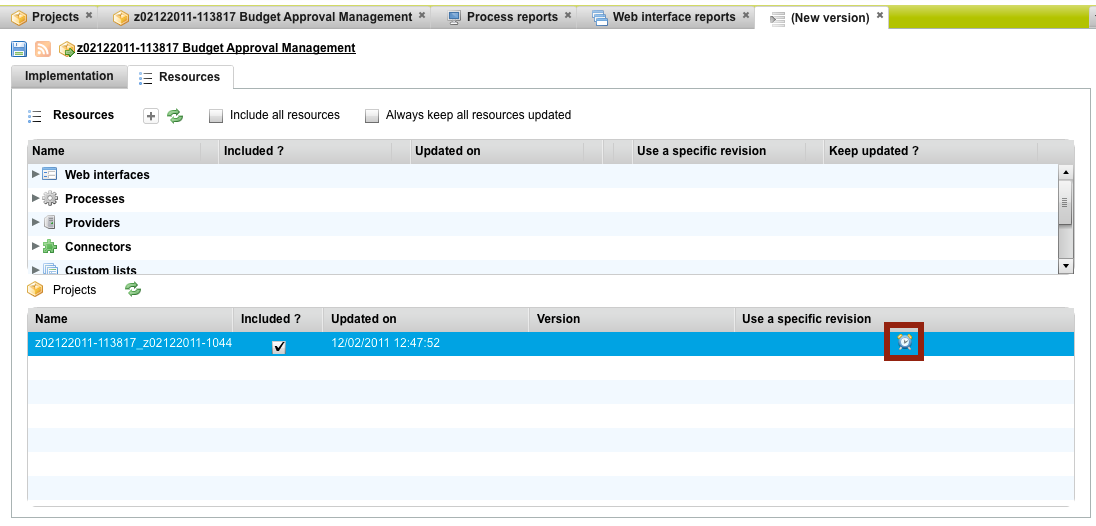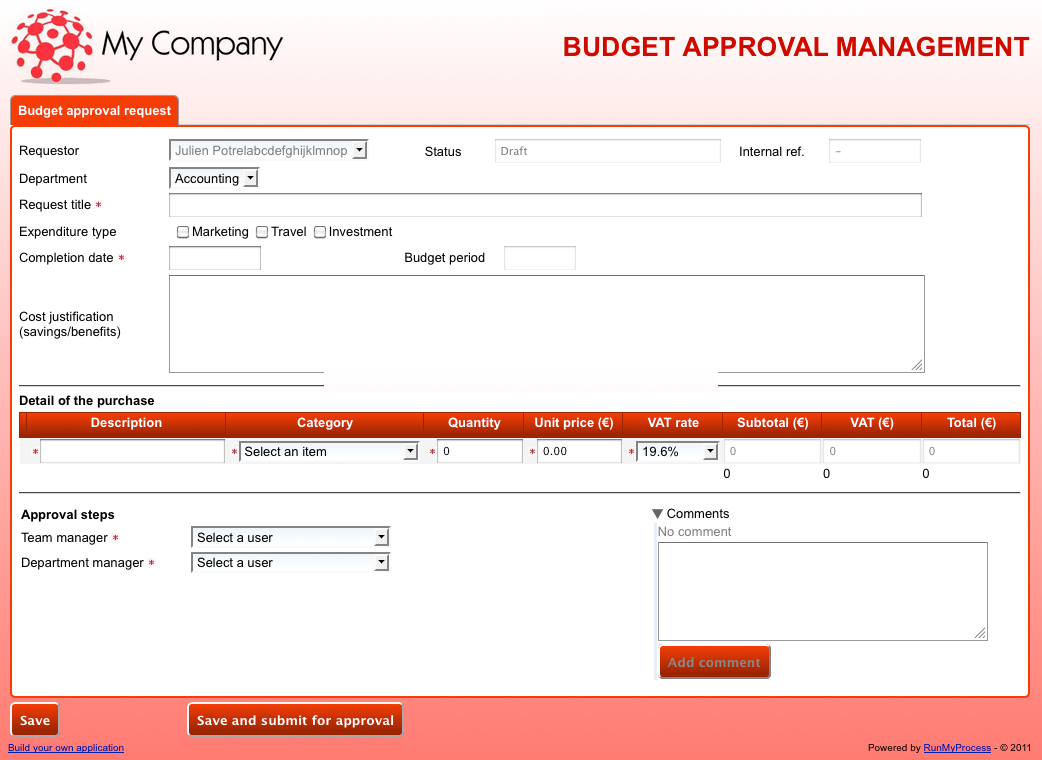PaaS
RunMyProcess CEO Matthieu Hug's Unique Take on the Cloud

Matthieu Hug, CEO of RunMyProcess, joins us for an in-depth discussion on developments in the cloud market. What makes a company stand out in a crowded industry? What’s most exciting about the cloud space today? What does the reinvention of enterprise IT mean for the future?
RunMyProcess is a cloud integrator based out of Paris, France, with a global partner network. Their focus is on enabling companies to rapidly deploy new processes across the breadth of their business.

WEBSITE: www.runmyprocess.com
FOUNDED: 2007
CUSTOMERS: 230+ worldwide
LOCATION: Paris, France
SOLUTIONS: Workflow Builder, Google Apps Workflows, Secure Enterprise Connector, Integration Hub
What is your company’s mission?
Our mission is to allow enterprises to build and deploy new operational applications and connect them to their existing IT assets (SaaS or on premise) with agility, speed and maintenance ease.
RunMyProcess fills the gap between collaborative applications and ERP solutions. Our cloud platform (PaaS) makes use of business process management (BPM) concepts to provide a unique mix of structured workflows, integration and agility to help customers meet evolving business needs.
How was your company founded? What inspired you to establish it?
RunMyProcess was founded in mid 2007, but became commercially available in late 2009. The two founders, including myself, had worked for years in enterprise IT as CIO and management consultant. In the early 2000s, we worked for one of Salesforce.com’s first customers in France. There, we realized that SaaS was going to be the next big thing, that it would eventually go far beyond CRM, and that this would require new tools for integration – in other words, customized applications would need to be created in order to link systems (SaaS or on-premise) together. So that set the challenge for us: providing a platform that would allow the deployment of full-blown, connected enterprise apps in less than 20 days, obviously also taking into account monitoring, analysis, versioning, etc.
Why should people care? What do you do differently?
You should ask our 230+ enterprise customers worldwide (in 20+ countries). But all kidding aside, there are several key elements that our customers like:
- Although our team is based in Paris, we operate through a network of 50+ integration partners worldwide – in the US, Brazil, India, Italy, France, the UK, and more. I believe that if you are working in the cloud market, you have to be able to reach customers globally, but what this really means is being available locally all over the world, especially if you’re in the platform field.
- We have a truly great support team. That’s easy to say, but much harder to actually accomplish. We are committed to bringing the best support we can to our customers and our partners.
- We eat our own dog food: we use our platform internally. Part of our platform was actually built using the platform, if you can believe it, and that trend continues. This helps us keep the focus on ergonomy, stability, and on addressing real-life problems like deployment, maintenance and upgrades of any app built on our platform. Those things are paramount.
How do you stand out from all the industry noise?
Do we? I believe that the cloud is all about ecosystems, so we try to fit into those that we believe make sense to us, like the Cloud Alliance for Google Apps. At the end of the day, I believe customers are who make you stand out, so we stay focused on the value and innovations we deliver. We are a native cloud provider, so we don’t need to append “cloud” to every single word, which is what’s producing a large chunk of the “noise.”
What value does your company bring to the industry, to its market?
One of the strengths of our platform is that it provides very comprehensive integration capabilities with Google Apps. 80% of our customers belong to Google Apps’ mid- to large-sized enterprise client base. And there is a strong reason for this: taken together, Google Apps and RunMyProcess offer a capability set that is comparable to what Lotus Notes delivered on-premise 20 years ago. A huge number of companies worldwide is struggling to get rid of Lotus Notes, because there aren’t many solutions to modernize Notes and keep its great ease of use, especially the workflow functionality. But the hard part there is that in many cases, Notes is used as a platform for tens if not hundreds of operational applications. So at a very basic level, we deliver what is probably the easiest and most powerful platform that replaces the aging Lotus Notes applications with cloud equivalents.
At a higher level, we bring a different idea of application development to the table, one that is not focused on technology and languages, but on usage, delivery and “time-to-user,” enterprise constraints and requirements, and total cost of maintenance. There are several ways to develop apps – we offer a brand new one.
Where is the segment you operate in headed? Where do you see it in 5 years? How will your company and products fit into that landscape?
We are in the Platform-as-a-Service segment, yet with a different approach than most PaaS vendors. We provide a platform tailored for graphical creation of workflow-based apps rather than a multipurpose development platform in Java or another language. It’s emerging, but in 5 years I believe 80% of all new applications will be built and/or deployed on cloud platforms. This will go hand-in-hand with an acceleration of the specification-development-deployment cycle, even for enterprise apps, and a growing proportion of lightweight, fast-changing applications covering the tremendous volume of operational needs that do not fit into the world of today’s ERP mammoths.
The PaaS segment is currently very centered around tools: the Java development platform, the Ruby platform, etc., with no clear leader. This probably won’t change until a strong consolidation happens. Yet, I believe that in the enterprise context, the focus will eventually move towards usage (mobile for instance, or more precisely the synchronization of applications for mobile and regular usage) and towards cost of maintenance. Building an app is one thing, maintaining it is another – extremely important – one. That focus on usage requires tailored platforms that are less fixed on technology, which is exactly what we are building.
What is the most exciting thing about your software? What makes you excited about it?
We recently had customers put apps in production from India to Trinidad and Tobago. Having global customers for a start-up that has 14 people in an office in Europe is really exciting. It requires a lot of dedication, but it’s really fun too. Besides, enterprise IT is being reinvented, and this reinvention is still in its infancy, so there is a fascinating road ahead of us. We will get to reinvent methods, tools, delivery models, etc. And this won’t be done by consultants, but through collaboration of experienced and operational enterprise IT managers.
In your opinion, who are the most interesting people or companies in the cloud space right now?
Rather than answering this for our own segment, I’d like to point out two enterprise cloud solutions that illustrate that cloud providers can deliver better solutions than traditional on-premise vendors. NewRelic is a great performance analysis SaaS solution, insanely powerful and precise and yet incredibly simple to use and install. Satelliz is a nascent start-up here in France that provides monitoring as a service for both physical or traditional servers. They also have a 24×7 team that is able to maintain your servers in operational conditions in case of failure. In short, they bundle SaaS with “team as a service,” and I think this is of great interest.
The software and services these two companies provide used to be extremely complex and expensive. Those days are over. Sadly, I don’t have shares in either of these companies.
Before co-founding RunMyProcess, Matthieu Hug worked for years in IT management for telecom and industrial companies. He has an engineering degree from Supélec and a Master of Science in Electrical Engineering from Georgia Institute of Technology.








